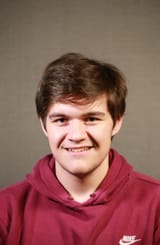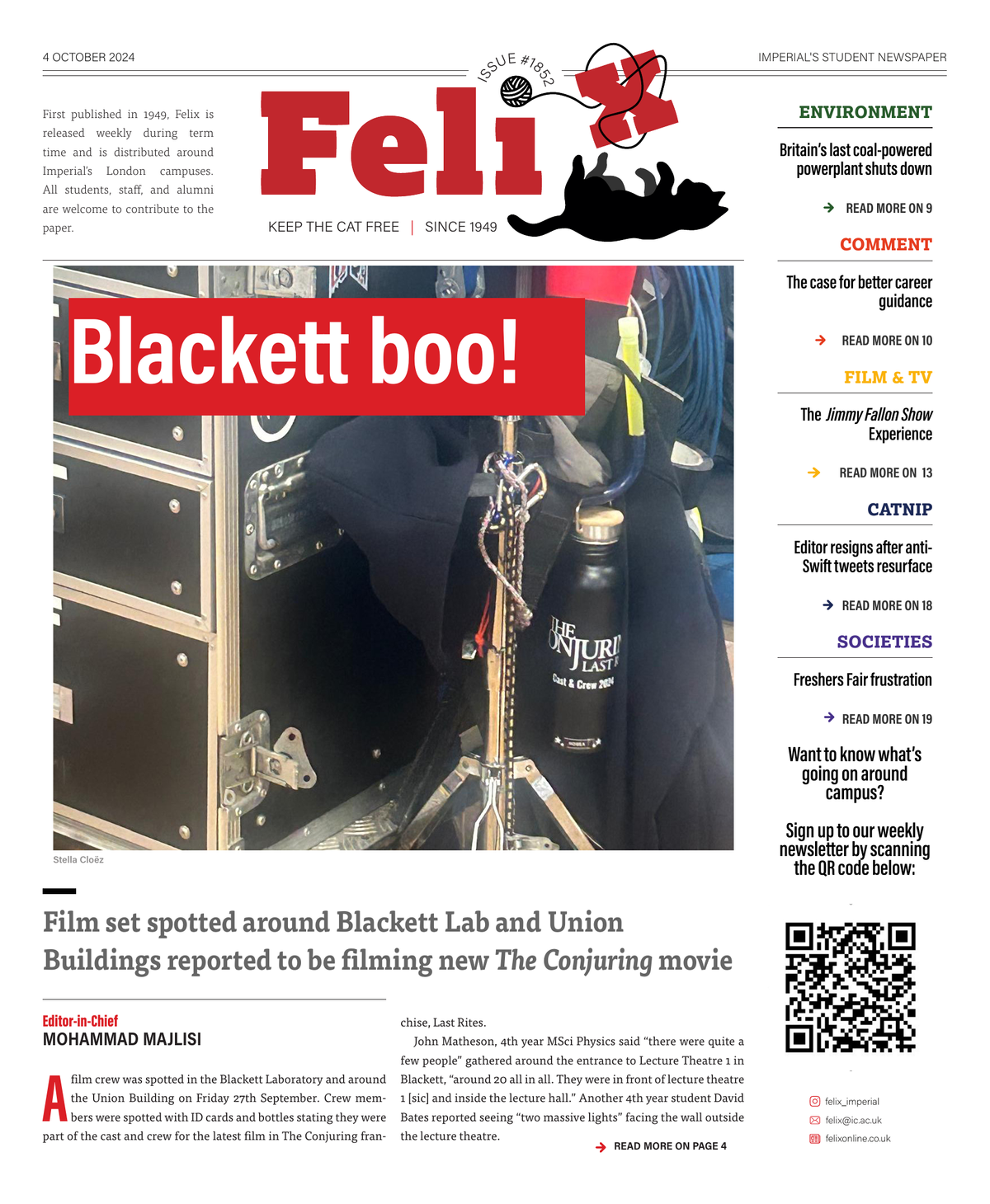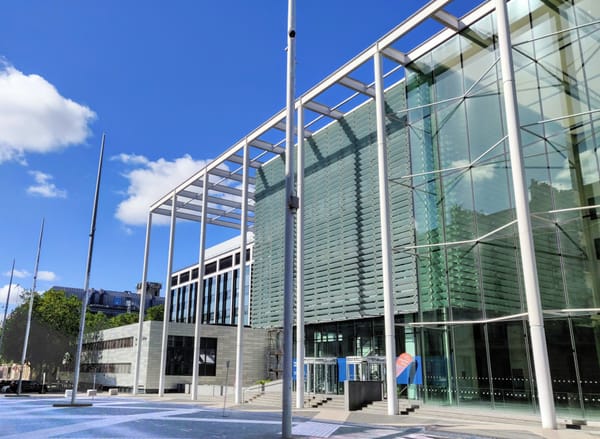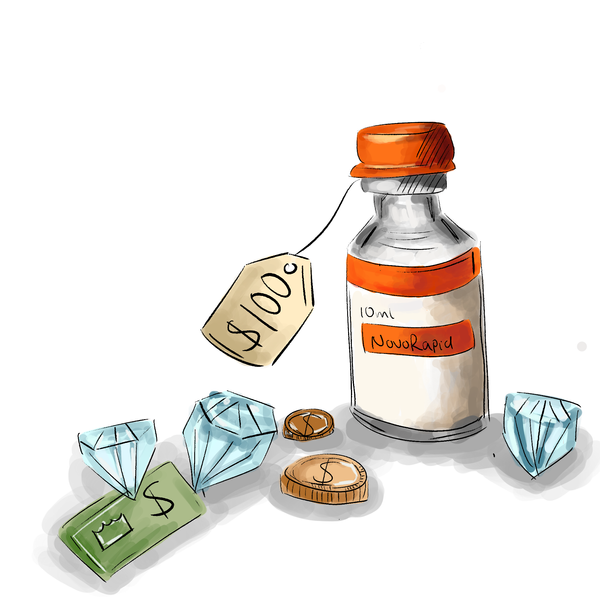Felix interviews Prof Claudia de Rham
Imperial physicist and author sits down with Felix to discuss all things gravity and her life in academia.
Physicists for a long time have puzzled over gravity. Pauli and Fierz first developed a theory of ‘massive gravity’ in the 1930s. This is a modified theory of general relativity. It allows the graviton, a particle which mediates the force of gravitational interaction, to have a non-zero mass. Scientists inherited the theory with lots of pathologies, including the existence of ‘ghost modes’. Solutions to these problem in four dimensions were only given in 2010 by physicists Claudia de Rham, Andrew Tolley (both professors at Imperial) and Gregory Gabadadze (professor at New York University). We were incrdibly fortunate to talk to Claudia, shortly after the release of her new book, The Beauty of Falling: A Life in
Pursuit of Gravity.
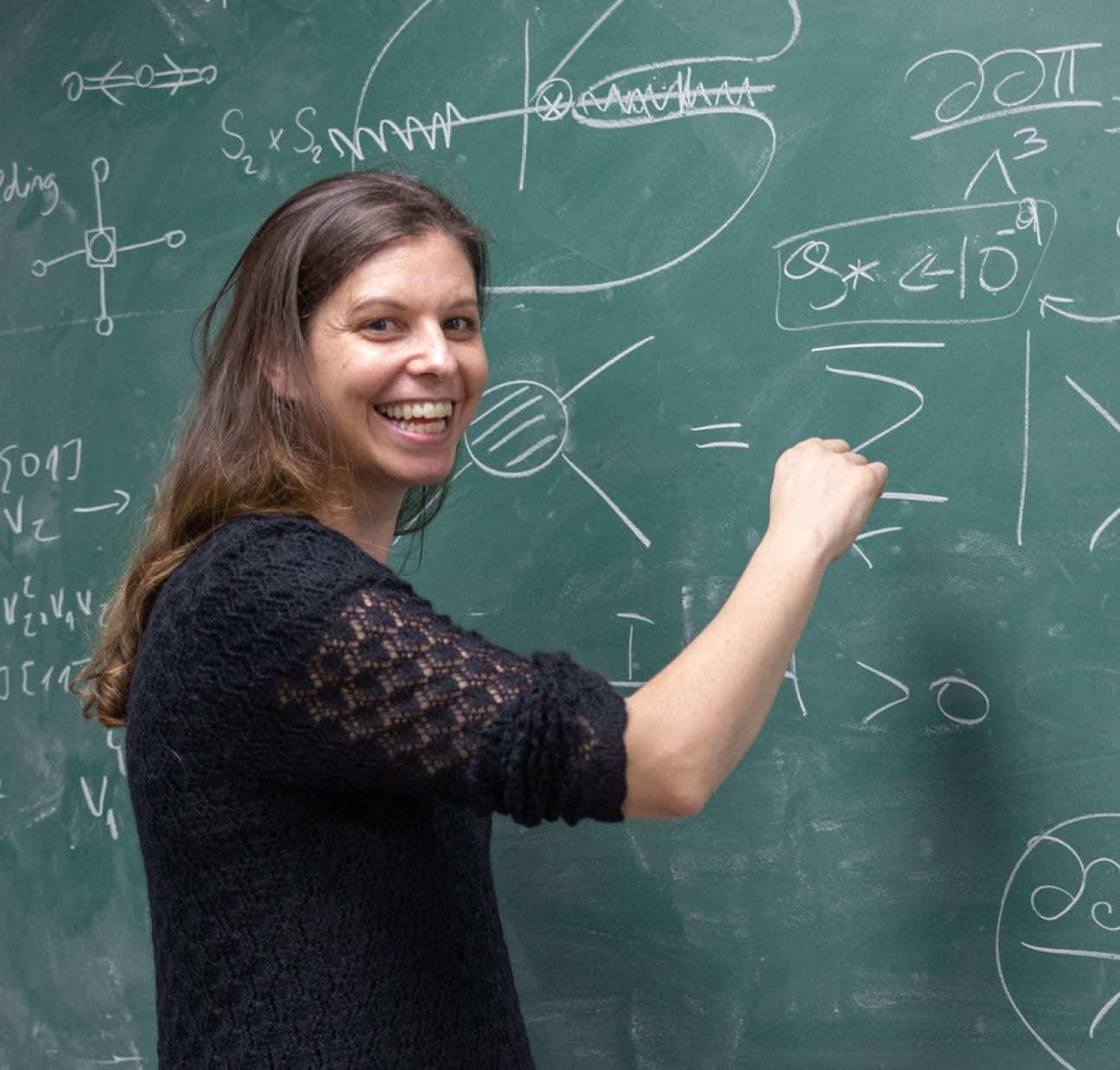
What was your first week like at university? Did you enjoy it? And what did you do to relax?
While I was excited and eager to get exposed to really fun new physics, learning to fit into the new university environment wasn’t all that easy. Having just landed from quite a different part of the world, Madagascar, the culture shock was deeper than I would have admitted to myself.
While all the lectures were great, it was hard to connect at first with the real kind of science that college teaches. I learnt to appreciate the little things, and while the first few weeks were quite tough, I set up a network of friends that eventually made things much easier. With a group of friends, I founded the first astronomical society of our university. We set up a plan which I went to defend high up in the University Presidency at the time, asking for space on campus. With their approval, our society slowly grew. The society finally made me feel like I belonged to a larger cause, something bigger, and soon everything else about my university experience followed much more easily.
Recently, I was invited back to give a talk at my old University. Funnily enough, I got back in touch with the astronomical society which has grown tremendously since we founded it. It was just incredible to get to talk with the new members and see how much these little things can mean.
What did you enjoy most about studying physics during your degree? Was there a particular moment, topic, lecturer, that sparked your curiosity?
I had always wanted to pursue either astronomy or solar system physics. I probably got most excited when I got an internship position at NASA to do a research project for a few months. The project was studying the correlation between the gravitational and magnetic fields of Mars, with exclusive data just freshly recovered from the Mars Pathfinder. In the moment, it was so exciting! Or so, I thought it should have been. But as I kept going through my project, I slowly started to realise that this kind of data analysis wasn’t what made me tick.
General Relativity has done an impeccable job at describing gravity, we need to learn from it and base ourselves on it.
The context was amazing of course, and so were the people I worked with, but the actual work wasn’t what I was finding the most exciting. That’s when I realized that I was much more attracted to theoretical concepts. When I returned to University, I started studying much more theoretical subjects like Quantum Field Theory, Symmetries of the Standard Model and General Relativity. Those became the topics I started being much more passionate about and remain so to this day.
Your brand-new book, The Beauty of Falling, beautifully intertwines your personal experiences with your scientific exploration of gravity. After reading the book, it transpires you’re not only a physicist - but a diver, pilot, and astronaut candidate too! Did each of these experiences help you influence your understanding of gravity in a way that perhaps equations or theories alone could not?
There’s definitely value in letting yourself go sometimes, almost experiencing freefall as if disconnected from any
other forces of nature! When I return from these experiences my mind is so much clearer than when I left for them. Many times, in fact, it has helped my research and my understanding of gravity, though of course the precise connection is quite indirect.
Perhaps where it does help more directly is in the ability to trust myself. When you learn to fly, you have to learn several procedures, some of which may seem rather counterintuitive. If your plane stalls, the first reaction would be to pick the nose up but that slows the plane down, reduces the lift and makes the plane stall even more. Instead, you have to learn to follow a procedure which may seem counterintuitive at first. Sometimes while scuba diving, I’ve ended up in situations where I couldn’t tell up from down and I couldn’t see a thing as my mask was filling up with water. Breathing isn’t always the most natural at first. You may feel like taking out your mouthpiece and screaming but of course that’s the worst thing you could possibly do, so you must stay calm and think logically. You feel much freer and use your own creativity to go much further. This is quite like how research works and knowing that you can apply the same logic in situations where your life depends on it does make it easier to do it when it comes to doing research on gravity or theoretical physics. After all, when your life doesn’t depend on it, it’s the easy part.
One of the takeaways from the book is that gravity has a well-hidden sense of humour, why is this?
This is sort of a play of words on the fact that gravity is often portrayed as a rather serious phenomenon. We may hear about the “laws of gravity” as if they were firmly dictated by someone else. In fact, the word gravity is very close to “gravis” which means serious in Latin. What is true is that at the scales we are accustomed to, gravity is indeed the most serious phenomenon there is, acting on everything and everyone in exactly the same rigid and intransigent way.
Embrace the free fall! No two trajectories will ever be the same, so there is no point comparing yourself with others, just trust your own and most importantly enjoy it!
According to Einstein’s theory of General Relativity this has to be true unquestionably. One of the theories I have been working with Prof. Andrew Tolley also here at Imperial and with other collaborators worldwide and more recently also with Prof. Toby Wiseman and many of our students is that on very large distances or time scales, as large as the observable Universe today, gravity may be allowed to “relax” to some extent and not behave in quite the same way as to what we are used to here on Earth and in the Solar System and in our cluster of galaxies. This could help us with what we call the Cosmological Constant Problem which is one of the most profound problems of modern physics at the interface between quantum particle physics and gravity, two of the pillars of modern physics.
The strap line of your book is A Life in Pursuit of Gravity. Scientists, in pursuit of answers about our universe, have proposed many different forms of gravity—such as general relativity, quantum gravity, massive gravity, higher-spin gravity, and more! How do you construct/revitalise a theory of gravity? And what are some of the modern, up-and-coming methods used to verify proposed theories of gravity?
What’s interesting is that in many ways there is no shortage of novel and creative extensions to gravity. In fact, it is relatively easy to come up with a brand-new grand idea that will change everything. The problem is that these almost never work, and are almost never as original and creative as one may think. The reality is that General Relativity has done an impeccable job at describing gravity so far, so we really need to learn from it and base ourselves on it. The really challenging part is to tweak General Relativity ever so slightly without making it fall apart completely and that’s where it requires a huge level of ingenuity in appreciating how to turn the right knobs in the right way while holding the right pieces in place. In fact, a lot of it is in the structural integrity of the model in a way that can often not be seen from the outside. You know you’ve done it right if from the outside almost no one can see the tricks and devices you secretly engineered.
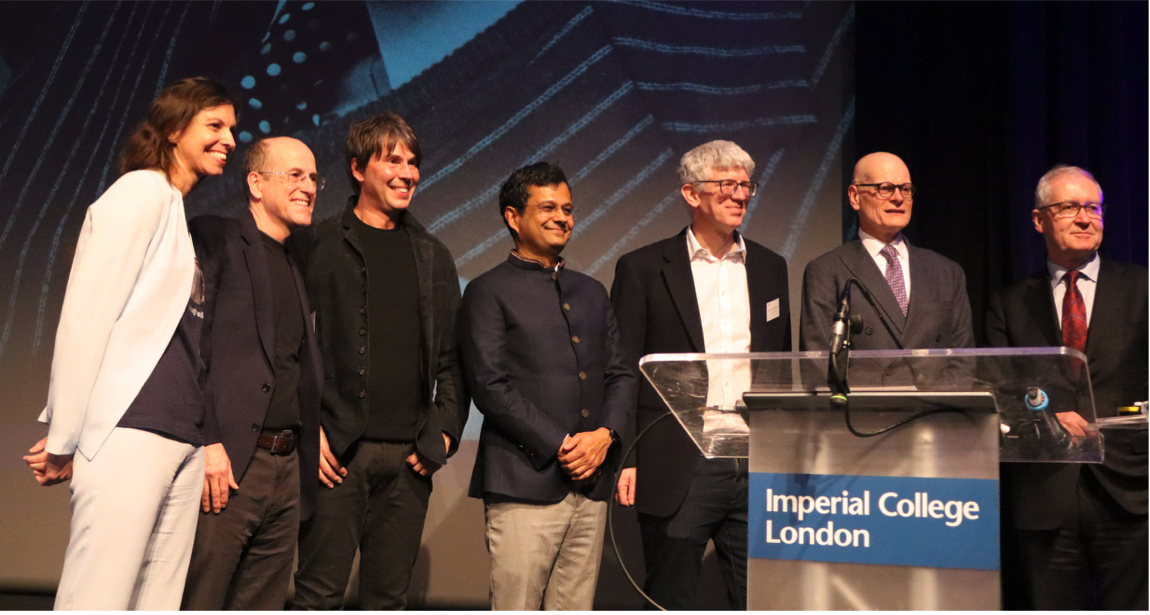
What message or piece of advice would you like to share with students who are just starting their journey in science? Could you use a concept from gravity to illustrate your point?
Embrace the free-fall! No two trajectories will ever be the same, so there is no point comparing yourself with others, just trust your own and most importantly enjoy it! The ride may not end up quite as you expected and you may not end up where you originally thought you were headed but that’s ok, that’s just free-fall adapting for the curvature or the complexity of the reality in which we find ourselves but that’s what makes your journey so unique and so precious.

